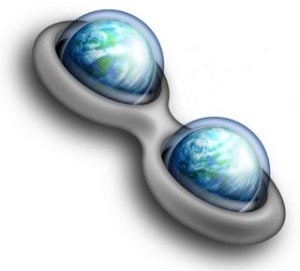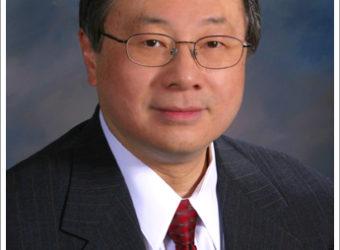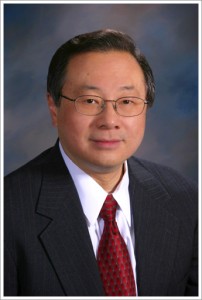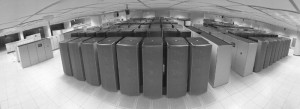Apple’s iPhone 3G Antenna Issue
Subscribe! Spotify | RSS | More
August 20, 2008: When the 3G iPhone released, some people started complaining about the connection. Apple wasn’t saying anything. An independant company stated that the “Infineon” chip that helped control 3G was to blame for the issue. It was suspected that a software update would fix the problem.However the 2.0.2 software update didn’t really help with the connection problems. Add to it the fact that a woman was suing Apple over the 3G network being slower than advertised.
Steve Jobs finally put out a letter stating that by 2.1 the issues will be resolved.
Subscribe to Day In Tech History:
RSS Feed - iTunes - Android - Spotify - iHeartRadio
Facebook -
- RSS Bandwidth by Cachefly Get a 14 Day Trial
- Join me on Patreon and support Day in Tech History
- American Airlines launches in-flight WiFi
- PowerMac G4 with Dual 800 Mhz processor is released
- Betamax will cease production
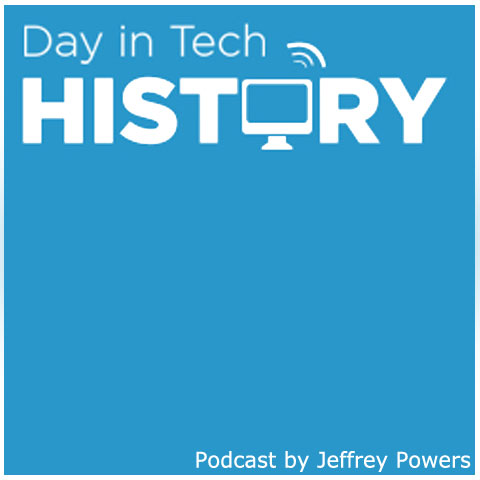
![iPhone-1st-gen[1] iPhone](https://dayintechhistory.com/wp-content/uploads/2013/08/iPhone-1st-gen1-340x250.jpg)



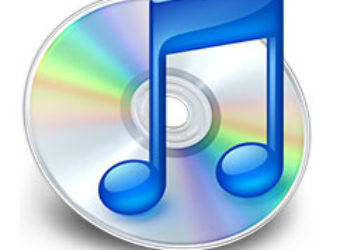

![Rick-iPhone-App[1] $1,000 Ruby iPhone app](https://dayintechhistory.com/wp-content/uploads/2013/08/Rick-iPhone-App1-340x250.jpg)



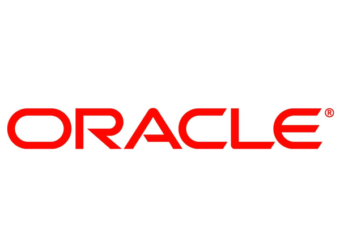
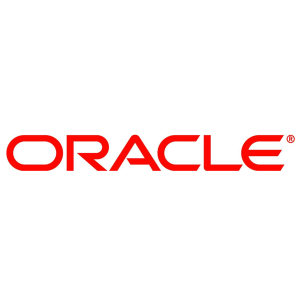
![trillian[1] Trillian](https://dayintechhistory.com/wp-content/uploads/2013/06/trillian1-340x250.jpg)
